Since from Vedic times India is known for its rich nature resources, it was covered with thick forest were our civilization was born and acquired its distinct character. Our people instinctively used natural resources in a way that was favorable to the long term survival of man.
The people were free from desire to extend their domain and participated with other creations that gave purpose and joy to living. In constant contact with Nature’s renewing growth, the Indian mind was free from the desire to extend its dominion by erecting boundary walls around its acquisitions. Absolute isolation from other living forms was not acceptable. It was not power over but participation with other creations that gave purpose and joy to living. A series of invasions altered the pattern of our existence. We adopted unnatural norms. Everything was subordinated to the specious ideal of making money, and yet more money. This approach filled heavy burden on Mother Nature.
[wp_ad_camp_1]
Wild life was destroyed; forests uprooted, hill-sides stripped of their thick supply of trees. Warning signals in the form of frequent floods, shortage of timber and famine of forest products are being constantly given by Nature. Deprived of its natural purifiers, the trees, the atmosphere around our cities is polluted and endangers the very life of man, but he cheerfully proceeds to accumulate more and more goods, and to multiply himself. The primitive man had a great relation with trees he worshiped trees. The great affinity of man to trees can be illustrated by recent chipko movement when men and women wrapped themselves around trees rather than allow them to be destroyed. The trees are remarkable living things stabilizing environment. We cannot use such resources at a pace that does not allow Nature to rejuvenate itself.
When lord made this beautiful earth he obviously had a very good plan of how each part of nature should fit together so it would work like a well-kept machine. Let me explain with an example, you may have heard of the Dodo. It was a large flightless bird which once lived on the island of Mauritius and Reunion in the Indian Ocean near the coast of Africa. Because of man it became extinct. 300 years ago, when ships anchored near these islands, the sailors would land, and while exploring would find the poor clumsy Dodos. Because they were large and couldn’t escape, the sailors killed them for fun. After a very short time they ceased to exist anywhere in the world. This was senseless cruelty since even the flesh of the bird was not particularly pleasant to eat. But this bird had a purpose on earth which has been realized only recently. This was to help the seeds of a tree called the Calvaria Major to grow into plants and then full-grown trees. The seeds were eaten by the Dodo. While passing through its digestive system the hard outer covering of the seed was dissolved. So when at last it was passed out of the bird’s body it was ready to grow. Since the disappearance of the Dodo so many hundred years ago, no more Calvaria trees have grown. The trees that remain are very old and are now dying. Scientists have been working hard to find another bird to do the job that the Dodo once did. It is now thought that the turkey is a possible substitute, as it has the same kind of digestive system. Let us hope that although the Dodo cannot be restored to earth, at least the Calvaria tree will not be lost. There are many trees whose seeds need the help of the digestive systems of birds or animals to grow. The above example gives inference very clearly how everything on earth is connected directly or indirectly to every other thing and how man can interfere in this relationship. Destroy one thing and everything else will be affected in one way or another. This balance is called the ecological balance and is very important for the wellbeing of the entire world. If, for instance, all the trees in one forest were cut down for some reason and another kind of tree not usually grown in that area were planted, it would completely change the balance of nature. Insects, birds and animals would either die or move elsewhere to find their normal food, and other insects, birds and animals may or may not replace them. Similarly, the small plants normally growing beneath the trees would change: for the same reasons. People living in the forest might find that the trees from which they got their fruit were no longer there.
Vedas and trees
In Bhagwad Gita Krishna says that our world is like banyan tree which has its roots upward and its branches down and whose leaves are the Vedic hymns. One who knows this tree is the knower of the Vedas. The importance of trees is also been described in Ramayana and Mahabharata. This indicates that Indians from Vedic time had a great bonding for trees. The Hindu tradition describes three different categories of forest. The first among them is shrivan, the forest that gives prosperity. The second is tapovan, the forest where one can meditate like the sages who contemplate to seek truth. The third type is mahavan; it is the place where all species seek out shelter. The importance of trees, its scientific evolution such as absorption and assimilation of food from soil by the roots, distinction between fertile and sterile soil, knowledge of trees, methods of planting, grafting and transplanting, various types of manures, rotation of crops, pollination of seeds etc were all mentioned in taittiriya, Brihatsamhita, purans and other texts written by great scholars like varahamihira, shankara Mishra, gunaratna and others.
The Taittiriya upanishad describes about “Aranyakas” means belonging to wilderness from where one cannot see the roofs of the settlement. Where knowledge can be gained and learned in the wilderness. In Vedic literature the most important tree described is about “Asvattham” which is called as Arasa Maram” (Ficus religiosa). One call it as palm tree, another call it as pipal (ficus religiosa-pagoda fig-tree) and yet another call it as Banyan tree (ficus bhengalensis) with adventitious aerial roots. It is a cosmic tree, the berries of the tree are sweet, and Soma (intoxicant) is prepared from its juice according to some accounts. Asvattham is said to be a “body-tree.” “A” is no; “THA” is existence; “Shva” means “after tomorrow:” No existence after tomorrow. It tells us that life is precarious. The body tree itself is imperishable (HAM), because God pervades it.The Buddha attained enlightenment under the Bo tree; Bo is short for bo-gaha, tree of wisdom; Bo tree is Pipal or Banyan tree; Bo is wisdom, Bodhi is enlightenment, Buddhi is knowledge and the Buddha is he who attained enlightenment.
Uses of trees
Trees work very hard to keep the air we breathe clean and healthy. Their leaves breathe in much of the poisonous unwanted carbon dioxide in the air, and replace it with the oxygen which we need for healthy living. Tree roots dig deep into the earth and hold the soil together so that the rain and wind cannot wash or blow it away hence avoiding soil erosion. Scientists, all over the world are trying to find ways to prevent it. But one of the most significant ways is by planting more trees. They prevent floods. The roots keep river banks firm and do not let them crumble. Water is thus prevented from pouring out onto the fields and spoiling the farmers’ crops, or entering villages and destroying houses and drowning people and animals. The trees in forest attract rain. Trees send up water vapour into the atmosphere through their leaves. When this vapour meets the cool air above it turns into drops of water which then fall as rain. They give us beauty, Colour and greenery. This is something which we often forget and fail to appreciate. They are the homes of many birds, animals and insects. Each of these is important in keeping up a balance in nature.
The greatest challenge of our times is to try and re-establish the vital link with Nature in the face of modern urban pressures. While the West is well on its way to rectifying its errors, we are still following a dangerous path. In our ignorance, we are not even being selfish.

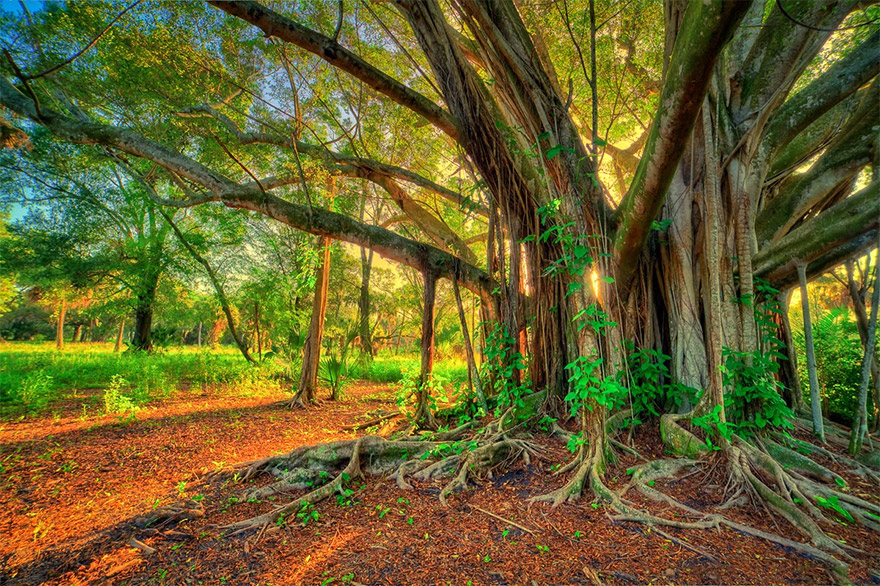
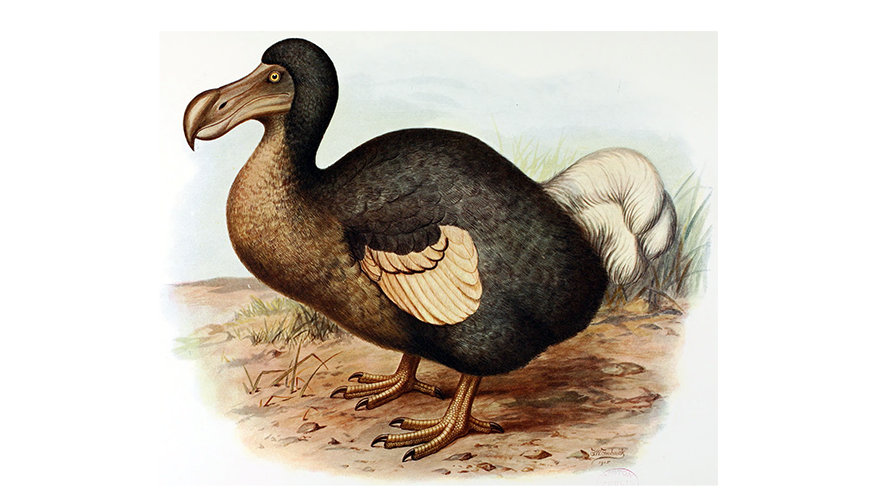
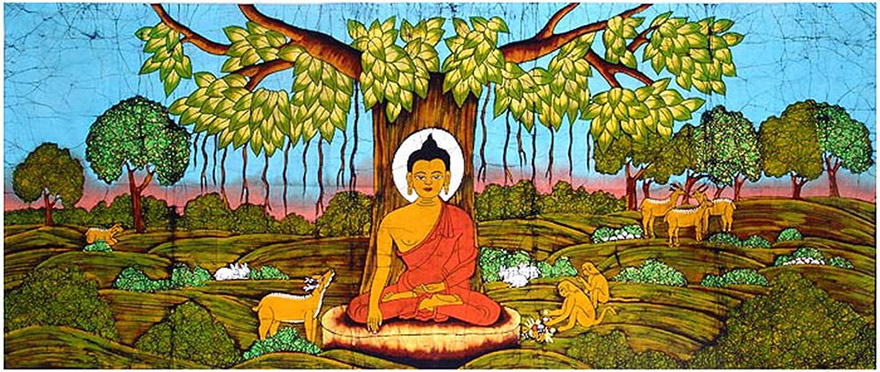
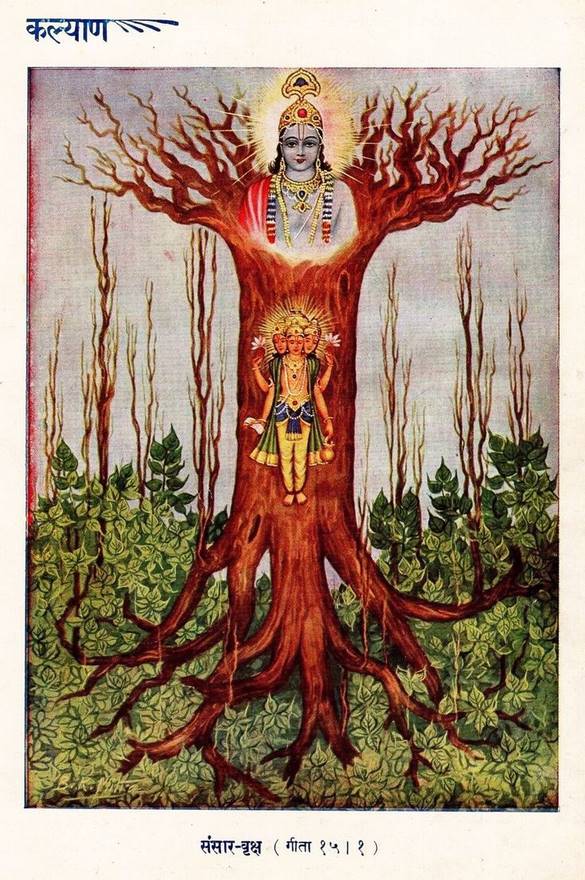
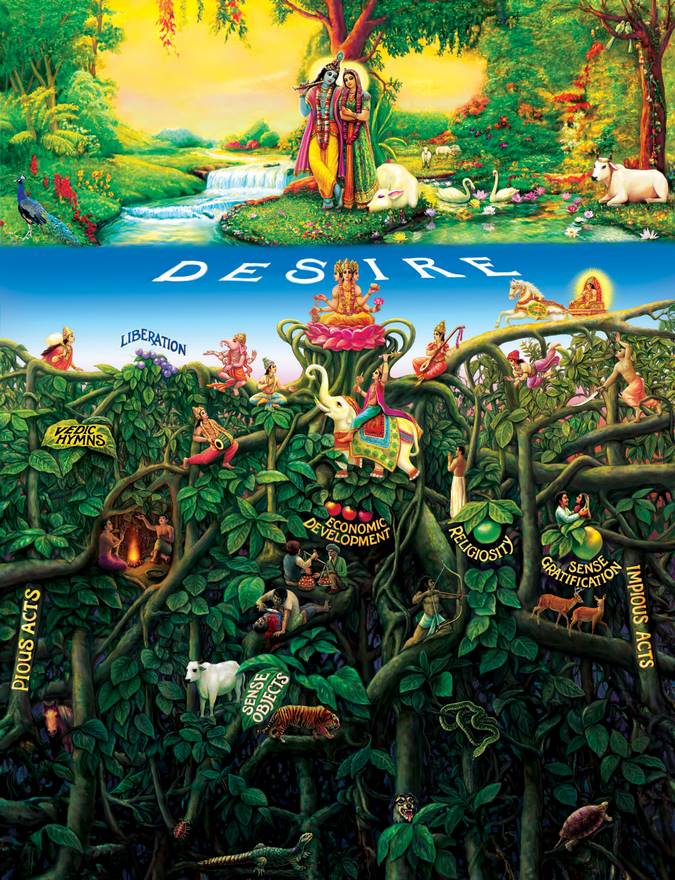










Yes..all purana and epic stories..trees are somehow connected..for 27 nakshatras …there are 27 trees…know your tree and grow it it temples, public places..
Hindus and many others had good knowledge of nature.But strangely even today we are killing nature which is giving us life and going towards total destruction.May be this is nature to rebirth and regenerate again.
I have read where if one plants a Neem tree, he is guaranteed a place in Vaikuntha ! Hare Krsna !
I love this article. I am a tree-hugger at heart and really appreciate the beauty of trees. It was while sitting under a tree and praying fervently for a teacher to come to me that I was gifted with a true guru (Paramahansa Yogananda). It felt as if the branches of the tree were reaching down and embracing me in a wave of love. Very tangible experience! It was only a week later that I found my guru! I currently live in Arizona where trees are scarce, and I miss the grand Oak trees of Dallas where I am from. Please, let us all consciously perceive the beauty and wonder of trees! They are
indeed a gift from the Divine! Thank you dear author of this article.
I have a Vatavriksh, Kalapvriksh, Neemvriksh, Peepalvriksh Baelvriksh and Mango Vriksh in my small USA home front and back yards, we just love to sit under them to do our daily jaap.
well said, you expressed the human’s affinity with trees,and how a living organisms depends on one another to survive thier lives.you gave best example to tell every one by showing this article as reference.Thank you.
The author states that Pipul & Banyan trees are the same. I had been under the impression that they are two different trees – arasa maram and aala maram.
I do not know !!!